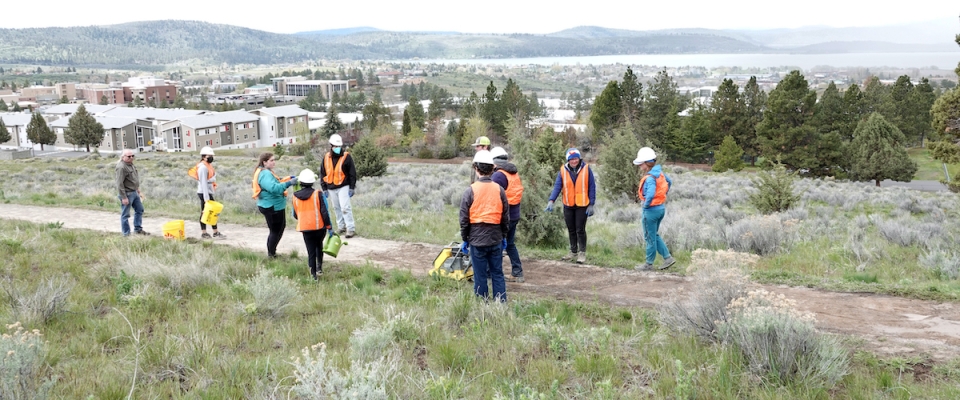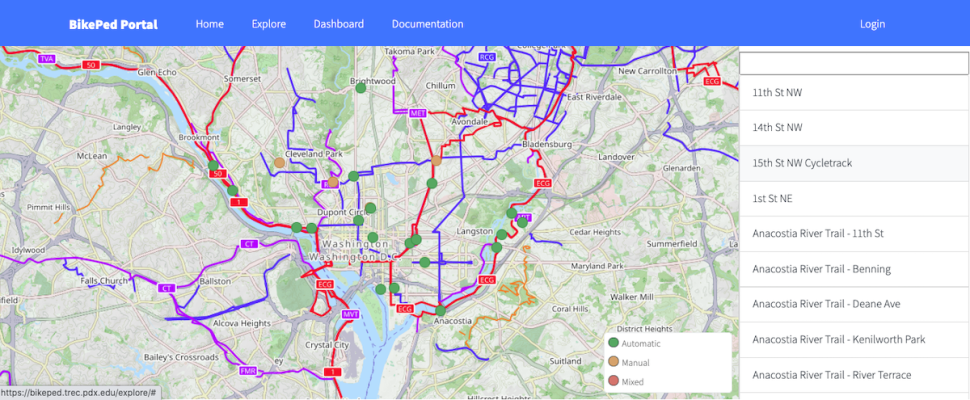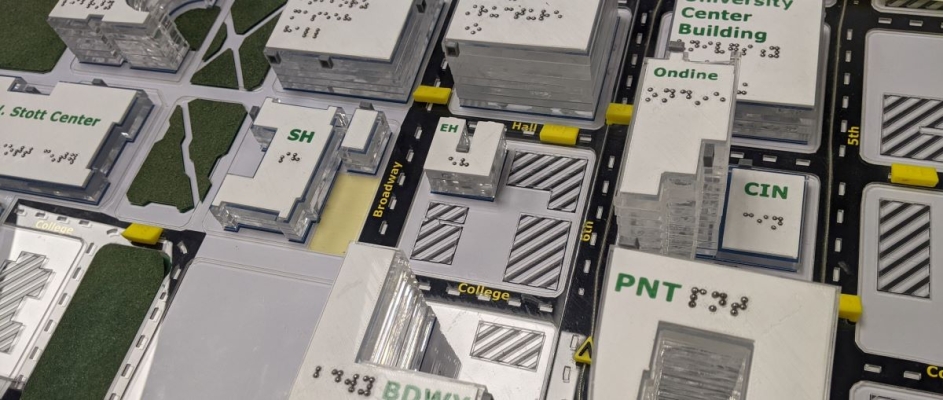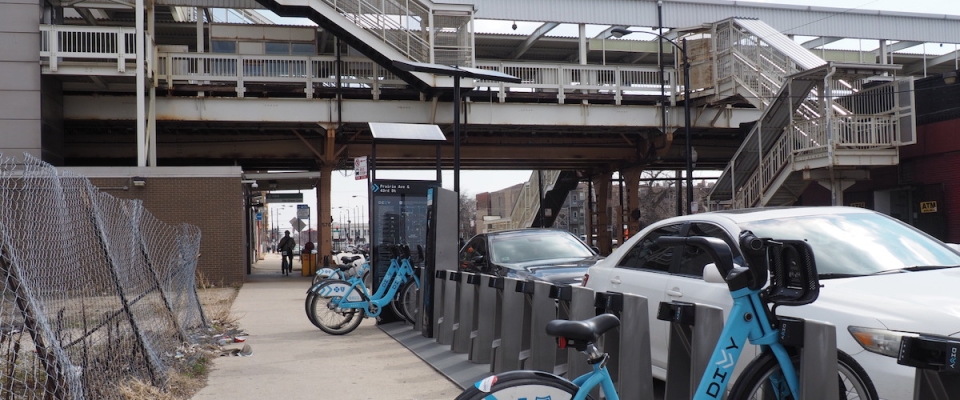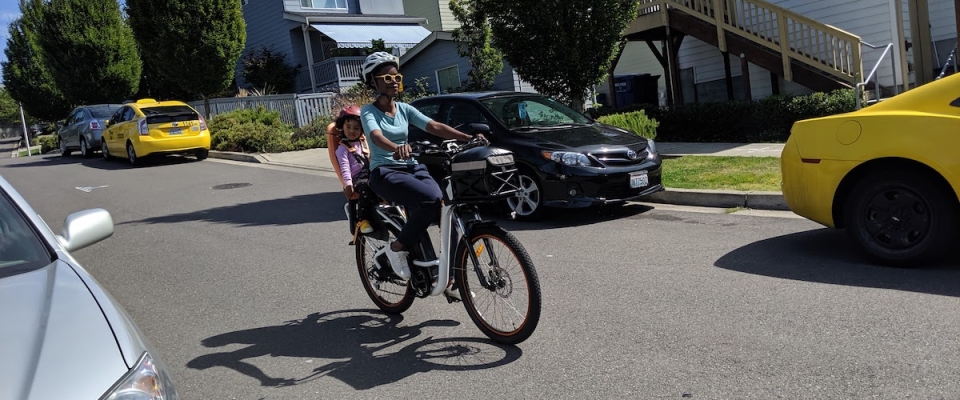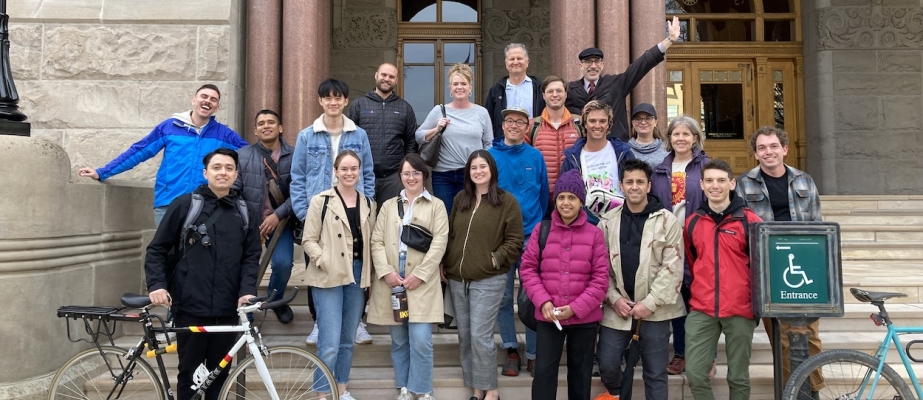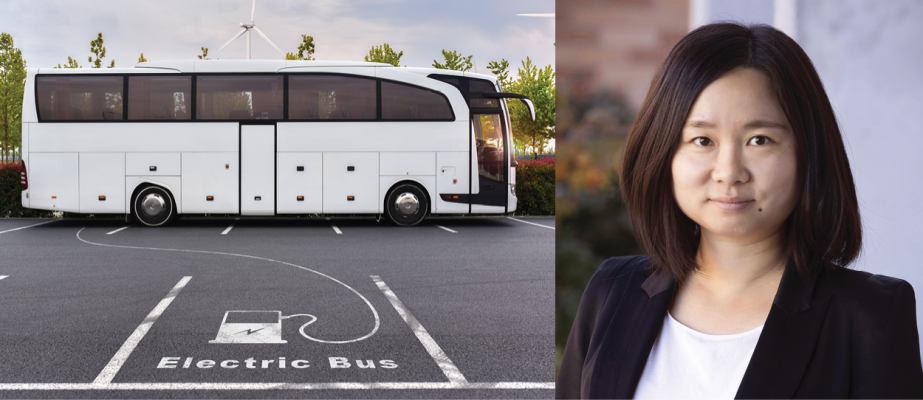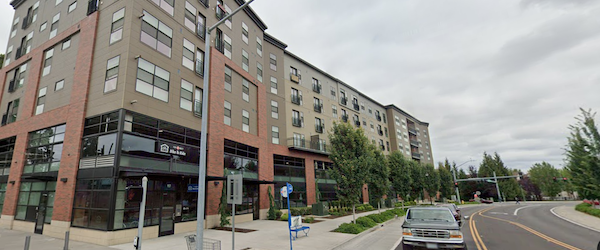In the latest instance of taking research to practice, researchers at Oregon Tech have completed a pilot section of trail using a NITC-developed sustainable paving method. A quarter-mile section of the Klamath Geo Trail, just east and up the hill from the Oregon Tech Klamath Falls campus, has been successfully resurfaced using volcanic ash from Mount Mazama. Learn more in a free webinar on February 23, 2023: Applying a Mt. Mazama Volcanic Ash Treatment as a Trail Accessibility Improvement.
The researchers explain and demonstrate the process in this NITC research video:
Applying a Mt. Mazama Volcanic Ash Treatment as a Trail Accessibility Improvement
Read more
